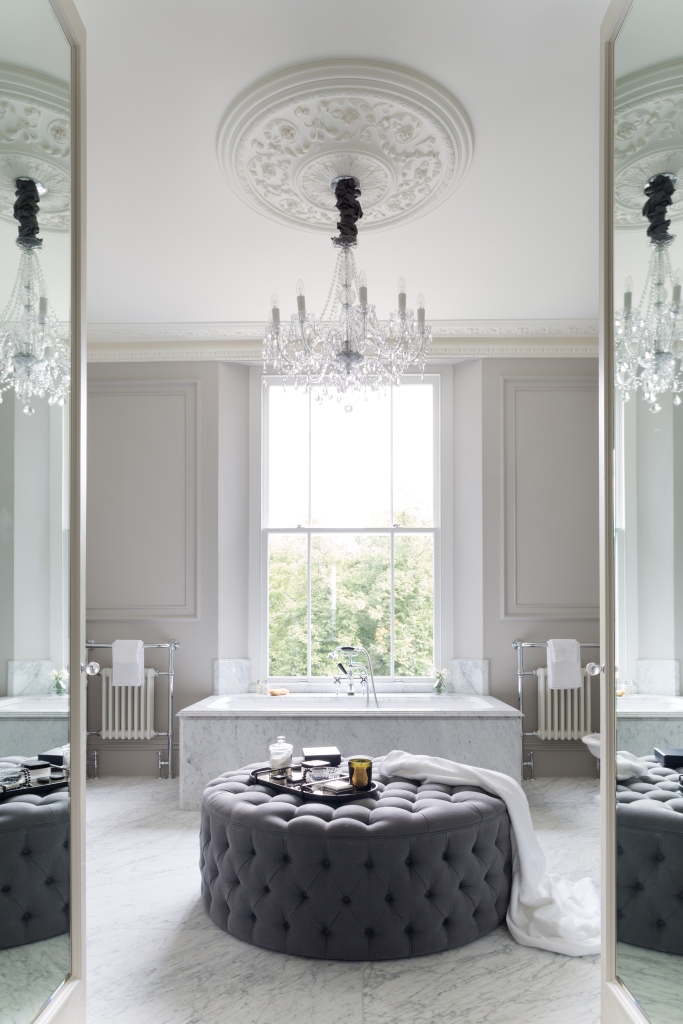7 Bathroom Design Mistakes to Avoid
- December 18, 2020

There’s much more to designing a bathroom than choosing a new suite and some fancy designer tiles. There’s a lot that can go wrong without some careful planning.
Whether you want to add some celebrity glamour, or simply to refresh an old bathroom, we have look at some common bathroom mistakes that can be made by professionals and amateurs alike.
- The bathroom needs to be designed for accessibility for all, but this can be forgotten. Ensure you have balance and proportion in your design, and not an arbitrary arrangement of fittings with little thought.
- It can be easy to forget the basics, such as having things within reach. For example, ensure the design allows you to reach the toilet paper from a seated position, and similarly, the towel rail should be sited within easy reach of the shower or bath.
- Whether it’s for makeup, shaving, or putting in contact lenses, you will need a mirror. Where possible, site the washbasin away from under a window, and place an illuminated mirror over it.
- Your design must include enough storage for towels, shampoo and conditioner, toothbrushes and loo rolls, as well as shavers and razors, hair care equipment, etc, to avoid your new designer bathroom becoming cluttered.
- Freestanding baths can look incredible but may be impractical. If they’re placed away from the walls, you may end up having to balance bottles of shampoo and the rest on the rim or drop them on the floor. Too close to a wall, and it will be difficult to clean properly behind the bath.
- Showers can be notorious to keep clean, so avoid any enclosures with an intricate framework, and choose large format tiles to minimise mould and algae problems, and avoid using cheap grout. A good ventilation system will help eliminate some cleaning issues.
- Lastly, don’t be tempted to do it all yourself. Such elements as wiring and plumbing really do need the expert touch of a professional. It would be cheaper than later needing a professional to rip out fixtures to locate leaks caused by DIY plumbing, for example.